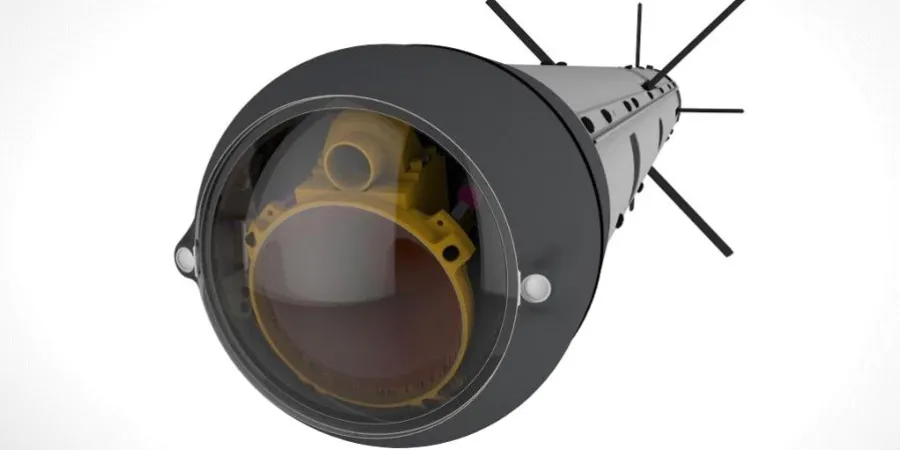Rafael Unveils Fifth-Generation Spike Variant
The company says the missile is designed for use against new modern targets with a low signature and time-sensitive characteristics. The Internet connected 5G missile can be fired from land, a helicopter, or a ship
IsraelDefense
| 30/05/2017
Rafael Advanced Defense Systems is introducing a new, fully network-enabled capability to its family of Spike multipurpose missile systems.
Designed to be fired from ground launchers, vehicles, ships and helicopters, the new Spike LR II is an evolution of the legacy fourth-generation Spike LR multipurpose missile (now designated Spike LR I), and features reduced weight, a significant range increment, enhanced lethality, advanced target recognition and tracking, and a new third-party target allocation (networked-enabled) enhancement with an embedded inertial measurement unit (IMU) assembly.
Developed in response to operational feedback from the 26-strong Spike User Community, the emergence of new, more challenging targets in the contemporary battlefield, and from knowledge accrued in the development of earlier Spike systems, Spike LR II retains full commonality with the legacy Spike family, and can be fired from any Spike launcher.
"We've learned a lot from the operational requirements of our user community, and recognize that we needed to progress the Spike capability. However, we've developed the Spike LR II with the appropriate form fit function to allow it to be used with any legacy Spike launcher," said Gal Papier, Marketing Manager, Precision Tactical Weapons Systems at Rafael Advanced Defense Systems. "That means that any customer who has a Spike launcher - vehicle-mounted, helicopter launcher, naval launcher, or ground launcher with a tripod - will be able to use their existing launchers to fire the Spike LR II. Those launchers will only need a minor software update to accommodate this missile."
The new missile weighs under 12.7 kg – approximately 1 kg lighter than the Spike LR I – this was achieved primarily by switching from a cooled to an uncooled IR sensor, removing the requirement for an internal gas cylinder and cryogenic pipes - and "engineering the missile to a lighter weight," Papier said.
[Source: IHS Jane's]
The company says the missile is designed for use against new modern targets with a low signature and time-sensitive characteristics. The Internet connected 5G missile can be fired from land, a helicopter, or a ship
Rafael Advanced Defense Systems is introducing a new, fully network-enabled capability to its family of Spike multipurpose missile systems.
Designed to be fired from ground launchers, vehicles, ships and helicopters, the new Spike LR II is an evolution of the legacy fourth-generation Spike LR multipurpose missile (now designated Spike LR I), and features reduced weight, a significant range increment, enhanced lethality, advanced target recognition and tracking, and a new third-party target allocation (networked-enabled) enhancement with an embedded inertial measurement unit (IMU) assembly.
Developed in response to operational feedback from the 26-strong Spike User Community, the emergence of new, more challenging targets in the contemporary battlefield, and from knowledge accrued in the development of earlier Spike systems, Spike LR II retains full commonality with the legacy Spike family, and can be fired from any Spike launcher.
"We've learned a lot from the operational requirements of our user community, and recognize that we needed to progress the Spike capability. However, we've developed the Spike LR II with the appropriate form fit function to allow it to be used with any legacy Spike launcher," said Gal Papier, Marketing Manager, Precision Tactical Weapons Systems at Rafael Advanced Defense Systems. "That means that any customer who has a Spike launcher - vehicle-mounted, helicopter launcher, naval launcher, or ground launcher with a tripod - will be able to use their existing launchers to fire the Spike LR II. Those launchers will only need a minor software update to accommodate this missile."
The new missile weighs under 12.7 kg – approximately 1 kg lighter than the Spike LR I – this was achieved primarily by switching from a cooled to an uncooled IR sensor, removing the requirement for an internal gas cylinder and cryogenic pipes - and "engineering the missile to a lighter weight," Papier said.
[Source: IHS Jane's]



